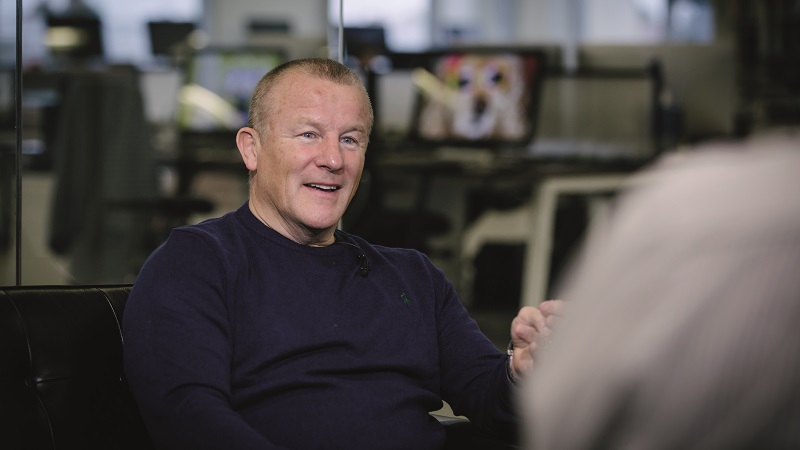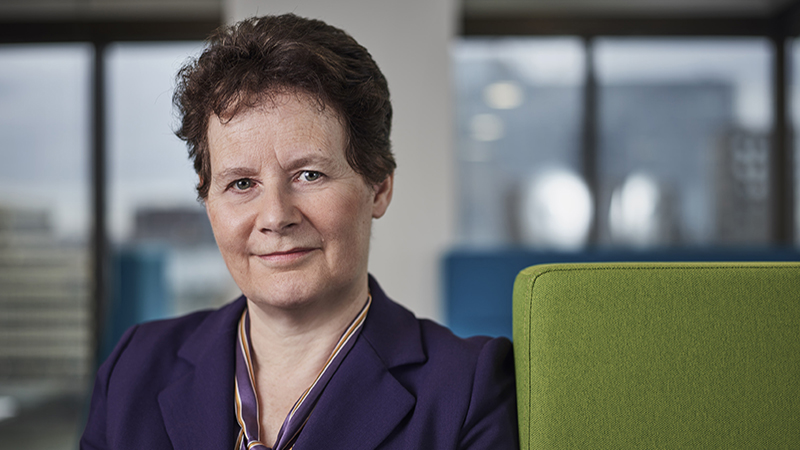Given the scale of the group and the already announced plans for peer-to-peer lending and a stock screening tool, to name just two developments, the growth in its IT division is not particularly surprising.
But, it serves to underline the growing importance of technology to investment management firms and, in part, the growing divide between those firms that are investing heavily into it and those that are not – choosing instead to put their money on a much smaller pool of high-value clients, that they believe are looking for a high-touch, face-to-face service.
That is not to say, of course, that there is not room in the market place for large discount brokers and high-end boutique wealth managers, but it is a difference worth taking note of especially in light of the increased regulation, forthcoming pension changes and the rise in popularity of multi-asset solutions.
And, especially given that there remains a lack of IT skills.
As David Davis, Hargreaves Lansdown’s chief information officer, told Portfolio Adviser, what keeps him up at night currently, is where he is going to find the skills he needs, not just for now, but also to ensure that Hargreaves stays ahead of the game in the future.
Which, of course, begs the question: what becomes of those firms stuck somewhere in the middle, between the high tech and high touch poles? Those that cannot afford to build out their IT centres and compliance arms?
Portfolio Adviser has written recently about the increase in M&A activity within the wealth management space and the likely continuation of such consolidation on the back of the growing regulatory burden.
As Brewin Dolphin analyst, Ruairidh Finlayson pointed out the big shift from defined benefit to defined contribution pensions will see the accumulated wealth either going to direct-to-customer platforms, or to wealth managers.
For Hargreaves Lansdown, the path is clear, As Ian Goram, CEO, explained in the firm’s results presentation to analysts last week, the group is investing heavily in its core Vantage business, while at the same time developing additional services, in order to become “the centre of a client’s financial life”. It is also seeing significant growth in its multi manager UK Growth Fund, and has plans to roll out a number of new such funds later this year, in a bid to build on what it says is “clear demand for Hargreaves Lansdown as an asset management brand.
As Numis Securities pointed out in a recent note: We expect substantial industry growth due to the increase in self-investment and the shift from defined benefit pensions to defined contribution pensions. We also expect auto-enrolment to significantly increase the proportion of the population with money to manage most of which will have to be done through self-invest platforms like HL due to the scale of these pension assets.”
For DFMs, the path is slightly less obvious. By their nature, there are only so many high net worth clients for whom to compete, and the next generation of clients is likely to have less money, and be less willing to use leverage to grow their assets. And, given their existing usage of technology, be more willing to do things for themselves. Some, as Turcan Connell have highlighted are aiming to be the Bentley to Hargreaves Ford Focus, others will remain high-touch and successful, but those that don’t choose a side, could eventually end up in a no mans land.










